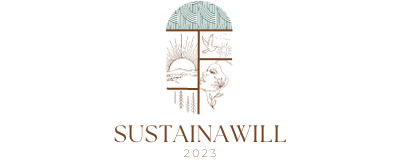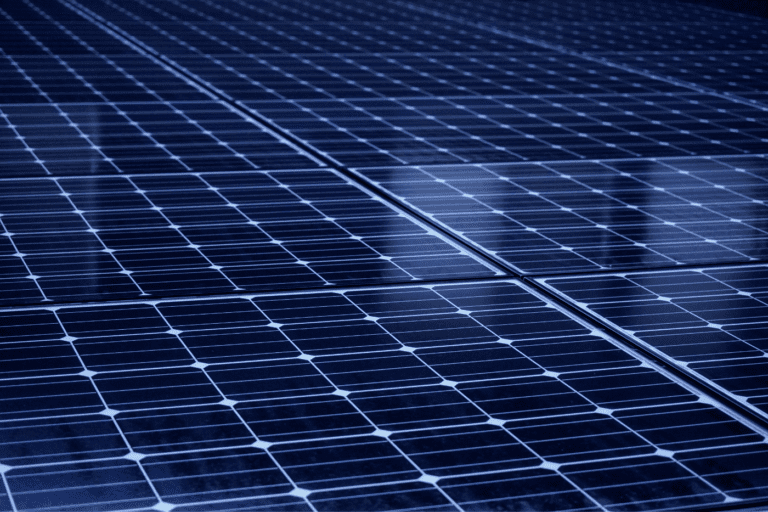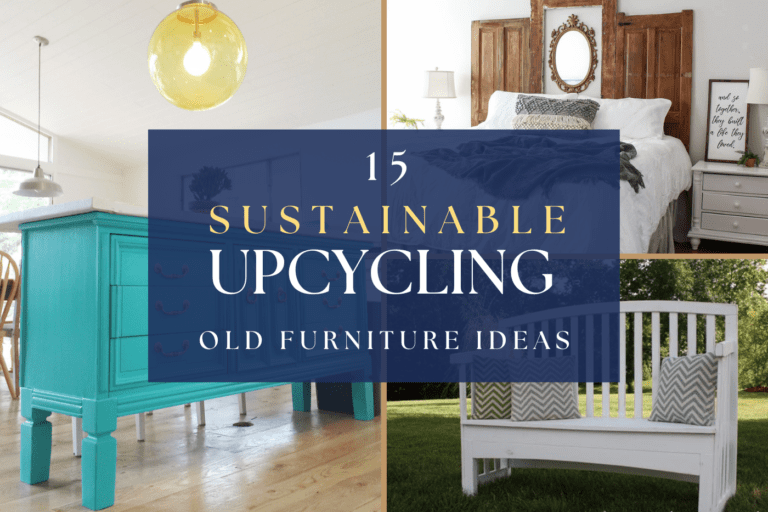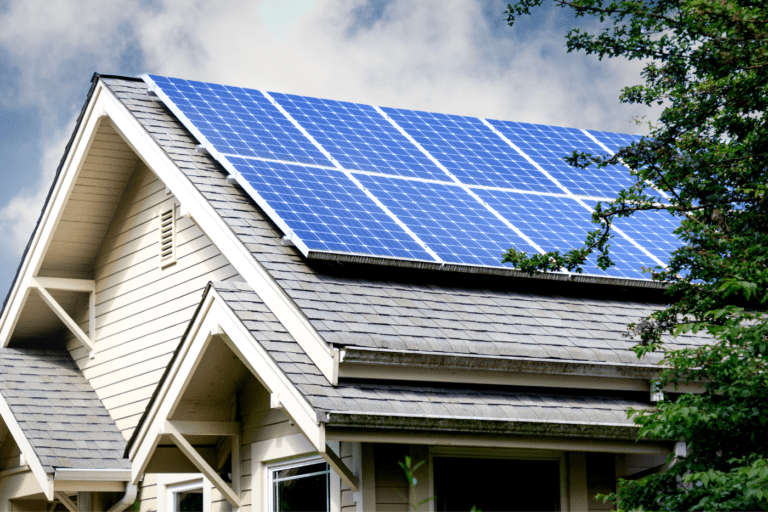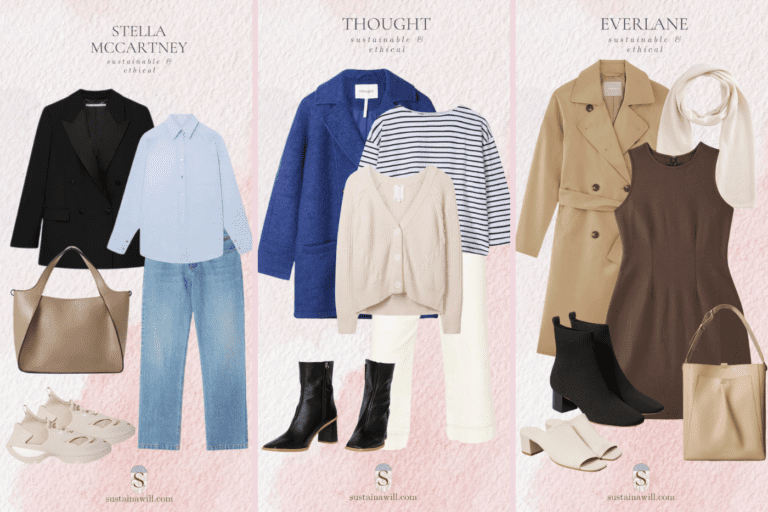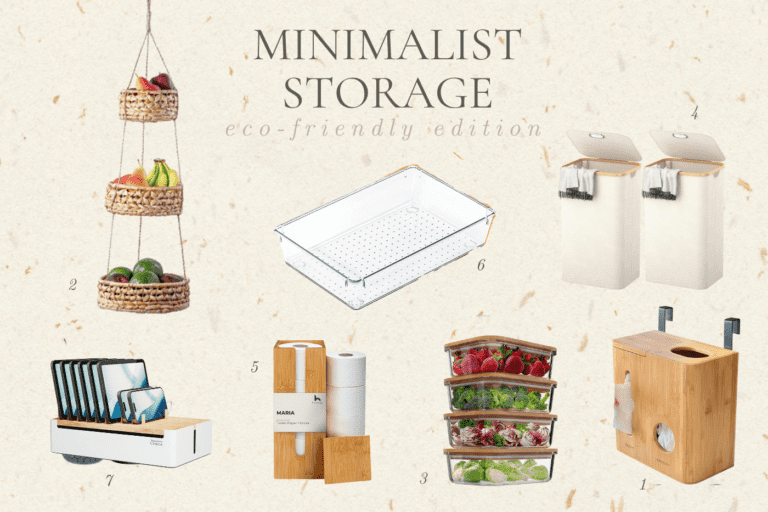Ever wondered about the eco-friendliness of that soft and luxurious viscose fabric in your wardrobe?
Well, stay tuned because not all viscose is created equally, and this read will provide answers to your burning questions. Uncover the mysteries of viscose sustainability and make conscious choices for a greener wardrobe.
What is Viscose Fabric?
Viscose is a type of rayon, a semi-synthetic fiber made from plant-based cellulose, often derived from wood pulp. It is known for its softness and breathability.

If you’re interested in the production process of viscose fabric, check out this YouTube video: Viscose Fabric Production.
How are Viscose, Rayon, and Tencel related?
For a better understanding of the sometimes chaotic terminology, we have a clear overview for you:
- Rayon: This is a generic term for a group of semi-synthetic or artificial fibers made from cellulose (often wood pulp). Rayon includes various types such as viscose, modal, and lyocell (Tencel).
- Viscose: Viscose is a specific type of rayon. It’s made using a viscous liquid, hence the name. The production process involves treating cellulose with chemicals. While viscose is a subtype of rayon, the terms are sometimes used interchangeably.
- Tencel (Lyocell): Tencel is a brand name for a type of lyocell, which is a form of rayon. Lyocell is produced using a closed-loop process, making it more environmentally friendly compared to traditional viscose. Tencel is known for its sustainability, softness, and breathability.
So, in summary, rayon is the broad category, viscose is a type of rayon, and Tencel is a brand name for a specific type of rayon called lyocell.
How many types of viscose are there?
There are 3-5 different types of viscose, depending on how you define it.
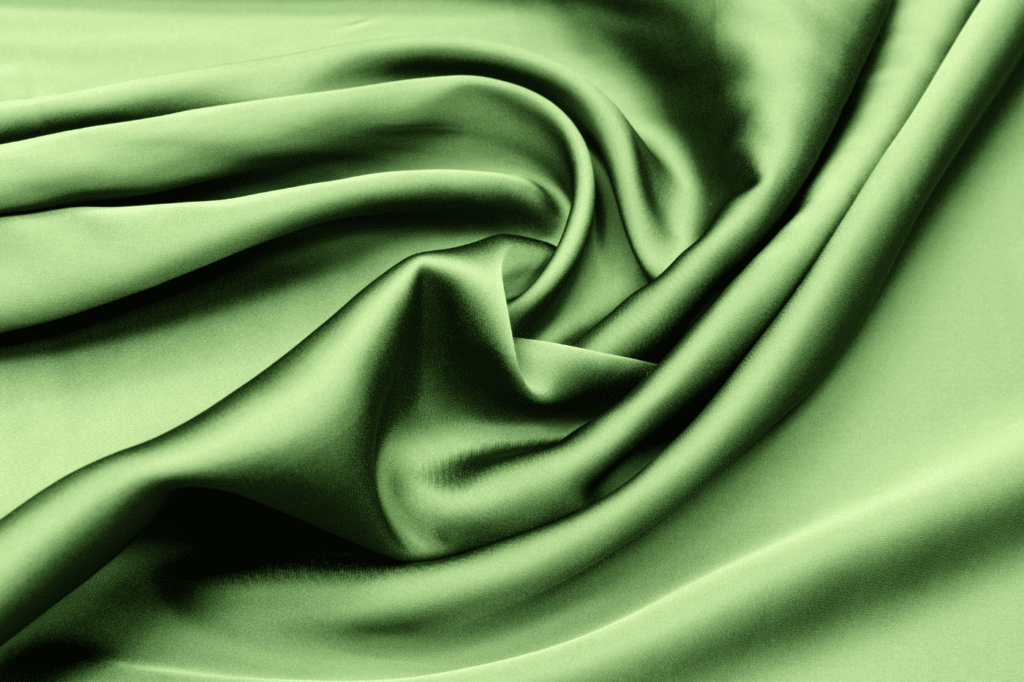
The main types include:
- Regular Viscose: This is the standard viscose rayon produced through the viscose process, involving the use of caustic soda.
- High Wet Modulus (HWM) Viscose: This type of viscose undergoes an additional treatment to enhance its wet strength, making it suitable for applications where exposure to moisture is a concern.
- Polynosic Viscose: Produced from a different type of cellulose, polynosic viscose is known for its enhanced strength and resistance to shrinkage.
- Modal: Although sometimes considered a separate category, modal is essentially a type of viscose produced from beechwood cellulose. It is known for its softness and moisture-wicking properties.
- Lyocell (Tencel): While not strictly viscose, lyocell is a related fiber made from wood pulp. Tencel is a branded form of lyocell known for its eco-friendly production process and sustainable properties.
Each type has its unique characteristics, making them suitable for various applications in the textile industry.
Is Viscose eco-friendly? (Is Viscose fabric biodegradable?)
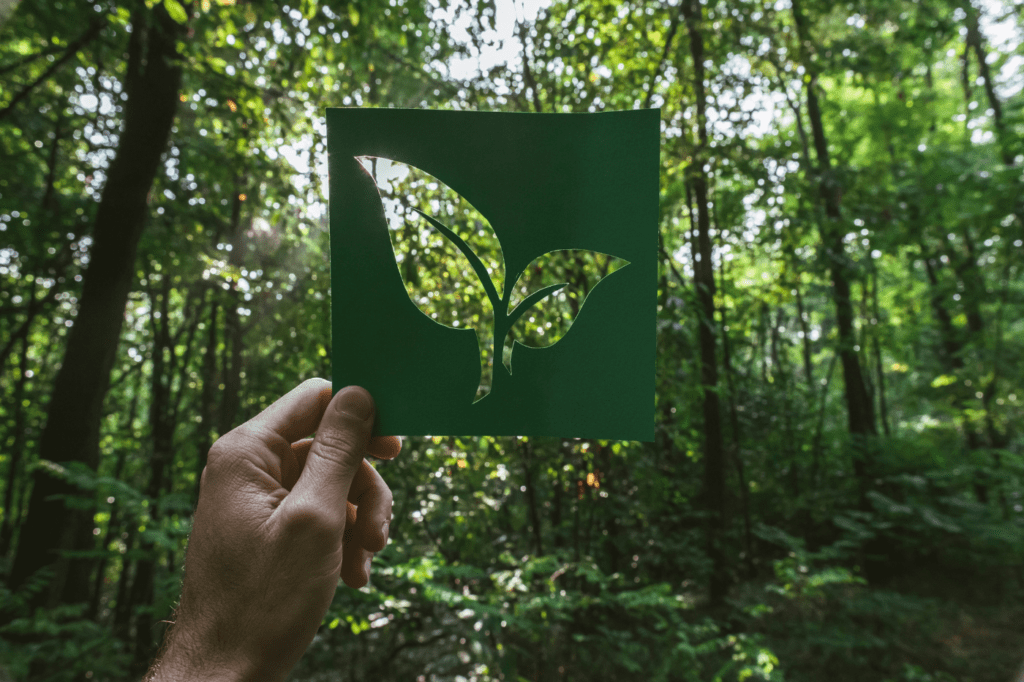
Here’s an overview for each type:
Regular Viscose
Eco-friendliness
Regular viscose, while derived from natural sources, involves chemical processing with substances like caustic soda, which raises environmental concerns.
Biodegradability
Yes, regular viscose is biodegradable, breaking down over time.
High Wet Modulus (HWM) Viscose
Eco-friendliness
Similar to regular viscose, HWM viscose involves chemical processes, and its environmental impact may vary.
Biodegradability
Yes, HWM viscose is biodegradable.
Polynosic Viscose
Eco-friendliness
The environmental impact may be similar to regular viscose.
Biodegradability
Yes, polynosic viscose is biodegradable.
Modal
Eco-friendliness
Modal is often considered more eco-friendly than regular viscose due to its production from beechwood, which is a fast-growing and renewable resource.
Biodegradability
Yes, modal is biodegradable.
Lyocell (Tencel)
Eco-friendliness
Tencel is considered one of the more sustainable options among viscose-like fabrics. It is produced in a closed-loop process with reduced environmental impact.
Biodegradability
Yes, Tencel is biodegradable.
It’s important to note that while these fabrics are biodegradable, their overall eco-friendliness depends on various factors, including the production process, chemicals used, and waste management practices.
Choosing eco-friendly certifications, like FSC or OEKO-TEX, can indicate a commitment to sustainable practices.
What are the advantages and disadvantages of viscose fabric?
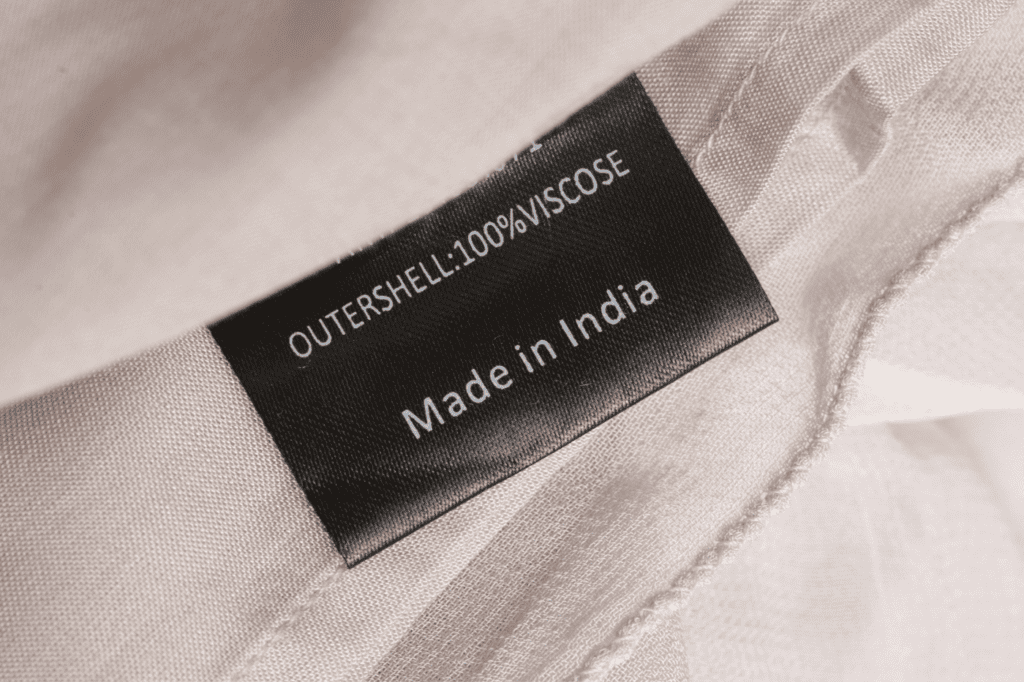
Here’s a breakdown for each type:
Regular Viscose
Advantages
Soft, breathable, and absorbent. Affordability is a plus.
Disadvantages
Chemical-intensive production, potential environmental impact, and may wrinkle easily.
High Wet Modulus (HWM) Viscose
Advantages
Improved strength compared to regular viscose.
Disadvantages
Similar environmental concerns as regular viscose.
Polynosic Viscose
Advantages
Soft, similar to cotton in texture.
Disadvantages
Environmental impact comparable to regular viscose.
Modal
Advantages
Soft, more eco-friendly production, and resistant to shrinkage.
Disadvantages
Chemical processing is still involved, but less than regular viscose.
Lyocell (Tencel)
Advantages
Considered highly sustainable, eco-friendly, and produced in a closed-loop process. Soft, breathable, and resistant to wrinkles.
Disadvantages
Relatively higher cost compared to other types of viscose.
Each type has its own set of characteristics, and the choice depends on individual preferences, priorities, and the intended use of the fabric.
Viscose Vs Other Fabrics
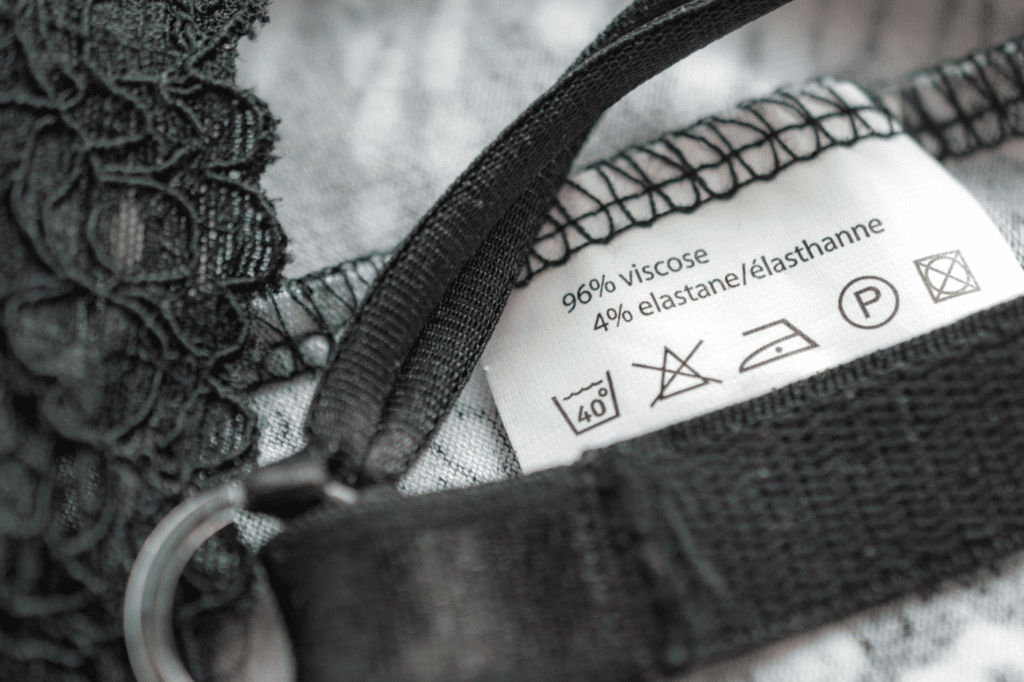
- Regular Viscose:
- Is regular viscose better than cotton? Viscose has a softer feel but may not be as durable as cotton.
- Is regular viscose better than polyester? Viscose is more breathable but may wrinkle easier than polyester.
- High Wet Modulus (HWM) Viscose:
- Is HWM viscose better than cotton? Similar softness to cotton but potentially with improved strength.
- Is HWM viscose better than polyester? More breathable than polyester but may have similar environmental concerns.
- Polynosic Viscose:
- Is polynosic viscose better than cotton? Polynosic viscose has a texture similar to cotton.
- Is polynosic viscose better than polyester? It may be more breathable but could share environmental concerns with polyester.
- Modal:
- Is modal better than cotton? Modal is often considered softer than cotton.
- Is modal better than polyester? It’s more breathable than polyester and has a softer feel.
- Lyocell (Tencel):
- Is Tencel better than cotton? Tencel is often considered more environmentally friendly than conventional cotton.
- Is Tencel better than polyester? Tencel is biodegradable and produced in a closed-loop process, making it more environmentally friendly than polyester.
FAQs about Viscose Fabric
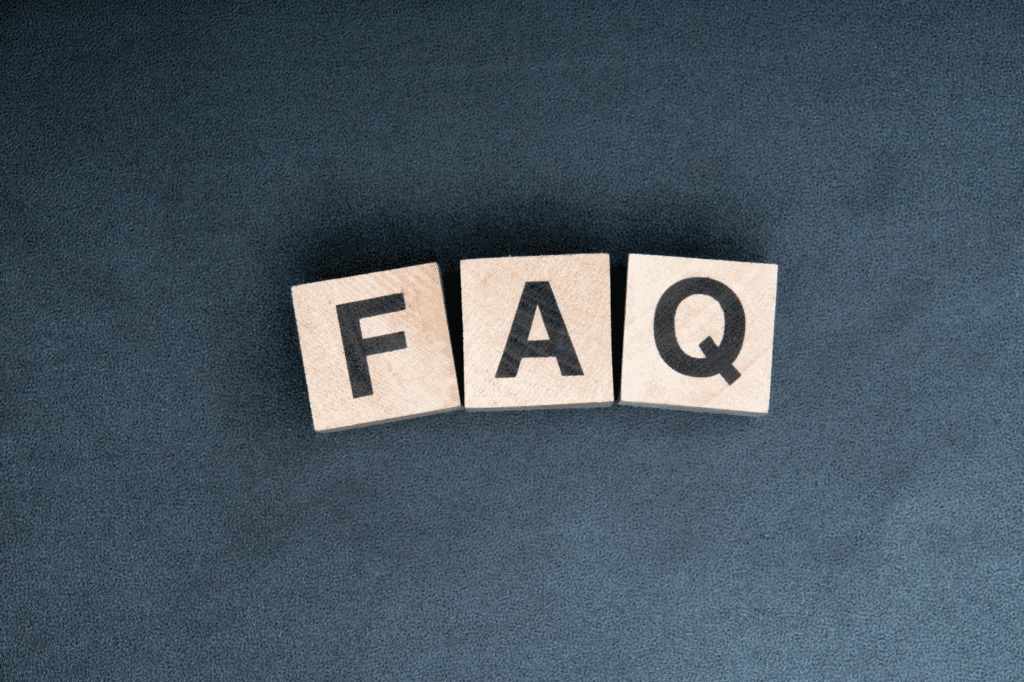
Is Viscose skin-friendly?
Yes, Viscose is generally known for its smooth and silky texture, making it comfortable against the skin.
Is viscose best for summer or winter?
Viscose is versatile and can be suitable for both summer and winter. It has moisture-absorbing properties, making it comfortable in warmer weather, while its smooth texture works well in layering during colder seasons.
Is viscose a good quality fabric?
Viscose is considered a good-quality fabric for its softness and draping qualities. However, the overall quality can vary based on the type of viscose and its processing methods.
Conclusion
Now armed with insights into the world of viscose fabric and its sustainability, you hold the power to make eco-conscious choices.
Consider the nuances of different viscose types, weigh the pros and cons, and choose consciously. When you shop mindfully, you not only contribute to a sustainable wardrobe but also influence a greener, more responsible fashion future.
Ready to revolutionize your wardrobe? Choose sustainable and ethical fashion. It starts with you.

